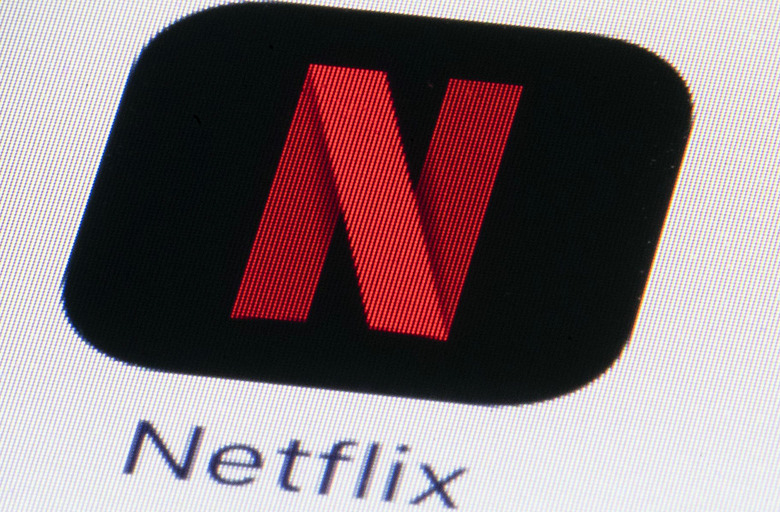In Case You Forgot, Netflix Is Raising Its Prices Next Month For Many Users
Netflix customers in the US have been getting emails reminding them of some important news happening next month for many of them. No, it's not about the return of The Crown or the fact that Umbrella Academy was just picked back up for season 2. Unfortunately, it has to do with everyone's least favorite aspect of a Netflix subscription — the sporadic price increases that are an inevitability of the streaming giant needing a constantly growing pile of cash to fund its licensing needs as well as the original TV shows and movies that help the service keep a hold on subscribers. And, of course, to keep rivals at bay, including new ones like Apple TV+ and Disney+, that keep coming and coming.
Check your inbox if you haven't already, because this is an example of the message that's being sent out by the streamer:
In terms of what's changing, and by how much, the most basic Netflix plan is getting a $1 increase, from $8 to $9. The package that's one tier up from that, which includes letting you watch HD content on two devices at the same time, will now cost $13 instead of $11, while the most expensive plan is getting a $2 hike. That plan, which includes ultra-high definition streaming, will now cost $16 a month.
This isn't a new increase. As a reminder, Netflix disclosed this intention back in January for US subscribers, and the reminder that it's begun sending out reiterates that the changes take effect next month. More specifically, those changes take effect for existing users next month, while if you subscribed to Netflix for the first time since January, you're already being charged at the higher rate.
As context for why these increases are necessary, from Netflix's perspective, the company according to Variety is set to spend $15 billion on content this year, up from $12 billion in 2018. According to one analyst, Netflix's content spend is going even higher in 2020, past the $17 billion mark.
Subscriber revenue is pretty much existential for the company, which depends on that — along with the benevolence of investors — to fund its operations. Netflix told Wall Street in January it expects to see a free cash flow rate of negative $3 billion this year and that it will rely on debt markets to sustain its spending, as the company presses forward with its price increases all to maintain its leading position in the increasingly fractured, hyper-competitive streaming landscape.
